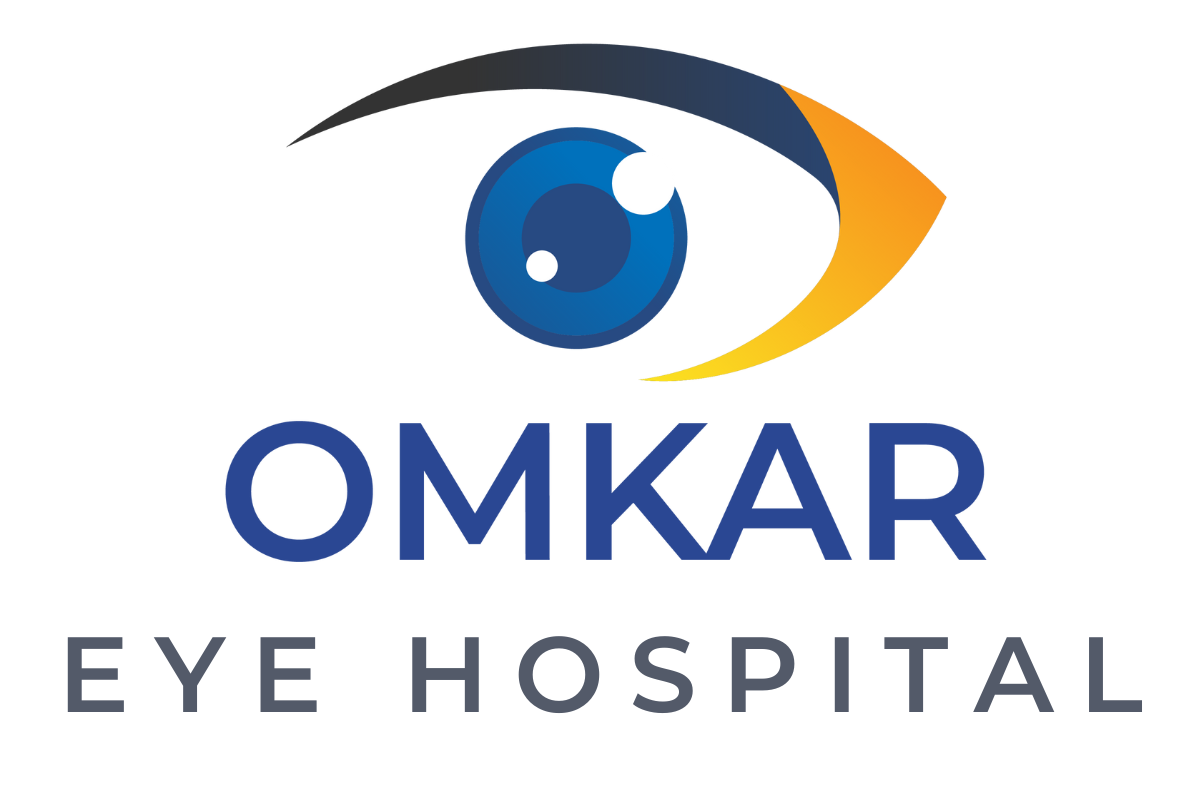So, you’re ready to address that bothersome Motibindu (cataract) clouding up your vision, but the thought of surgery costs is looming. You’re not alone! The cost of Motibindu surgery can vary widely, and there’s no one specific answer when it comes to the cost. Let’s take a look at the factors that make up the cost and help you understand where your money’s going.
1. Type of Lens Implant
One of the major factors in the cost of Motibindu surgery is the type of lens implant chosen. Standard monofocal lenses are generally more affordable, but if you’re looking to reduce your need for glasses afterward, premium lenses like multifocal or toric lenses may be recommended. As you might guess, these options come at a higher price point.
2. Surgical Technique
The type of surgery also impacts the cost. Traditional methods of Motibindu surgery may cost less, but advanced options like laser-assisted surgery are often more precise and reduce recovery time. However, these advanced techniques come with a higher price tag.
3. Surgeon’s Experience and Reputation
A well-known, highly experienced surgeon can charge a premium for their expertise. Think of it this way—when it comes to your vision, you’d probably prefer someone who has seen it all. That peace of mind can come at a higher cost, but it’s often well worth it.
4. Location of the Facility
Where you’re having your surgery matters more than you think! Surgery costs vary greatly between cities and regions. Getting motibindu surgery treatment in a big city may cost more than in a smaller town due to overhead and the cost of living in that area.
5. Hospital or Clinic Type
High-end hospitals with state-of-the-art technology and equipment often charge more than smaller clinics. While these facilities offer added comfort, they might not fit every budget. On the flip side, some smaller clinics provide equally effective treatments at lower costs.
6. Pre- and Post-Operative Care
The cost of Motibindu surgery treatment doesn’t start and end with the procedure itself. Pre-operative tests and post-operative follow-ups can add up. Some clinics offer all-inclusive packages that cover the entire process, so you know exactly what you’re paying upfront.
7. Insurance Coverage
Good news: if you have health insurance, it may cover a portion of the Motibindu surgery cost. The extent of coverage can vary based on your plan, so check with your provider to see if you can lighten the financial load.
8. Type of Anesthesia Used
Most Motibindu surgeries use local anesthesia, but some patients may require general anesthesia due to medical needs or anxiety. General anesthesia tends to increase the overall cost, as it requires more staff and resources.
9. Additional Health Conditions
If you have existing health conditions, such as diabetes or glaucoma, additional precautions may be necessary. This can mean extra tests or special procedures, which add to the final bill.
10. Follow-Up Appointments and Medications
After surgery, follow-up visits and prescribed medications are essential for a smooth recovery. Be sure to ask your doctor if these are included in the initial surgery quote or if they’ll be an additional cost.
Making Sense of the Numbers
Motibindu surgery is an investment in your vision and quality of life, but understanding the factors affecting the cost can help you plan more effectively. Every step of the process—from choosing the lens type to post-operative care—adds to the total, but it also adds to the overall experience and outcome. When budgeting for the procedure, it’s best to consider both upfront costs and any hidden expenses that may arise along the way.
With the right information, you can make the best choice for your eyes and your wallet. For more information, book an appointment with our expert.


